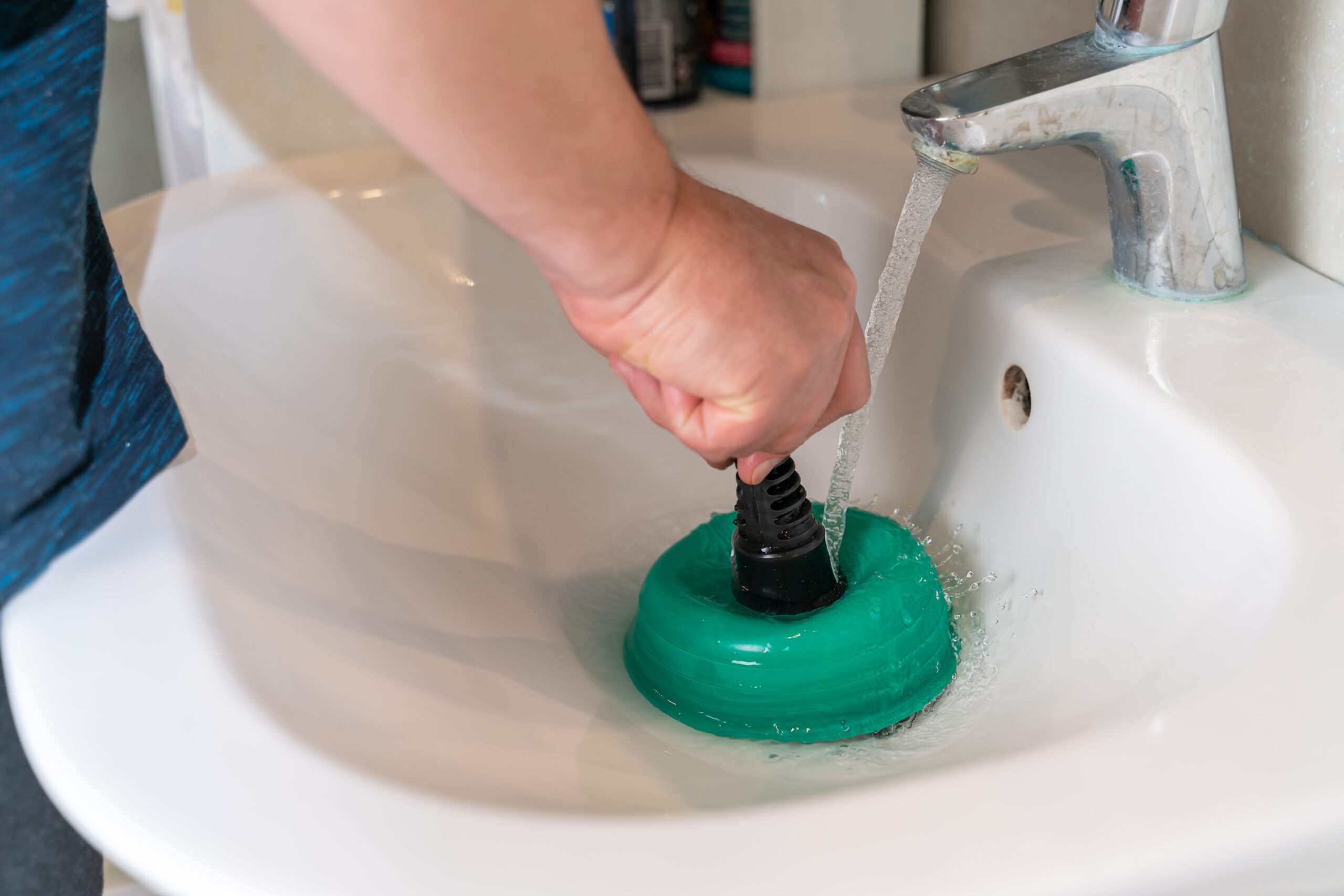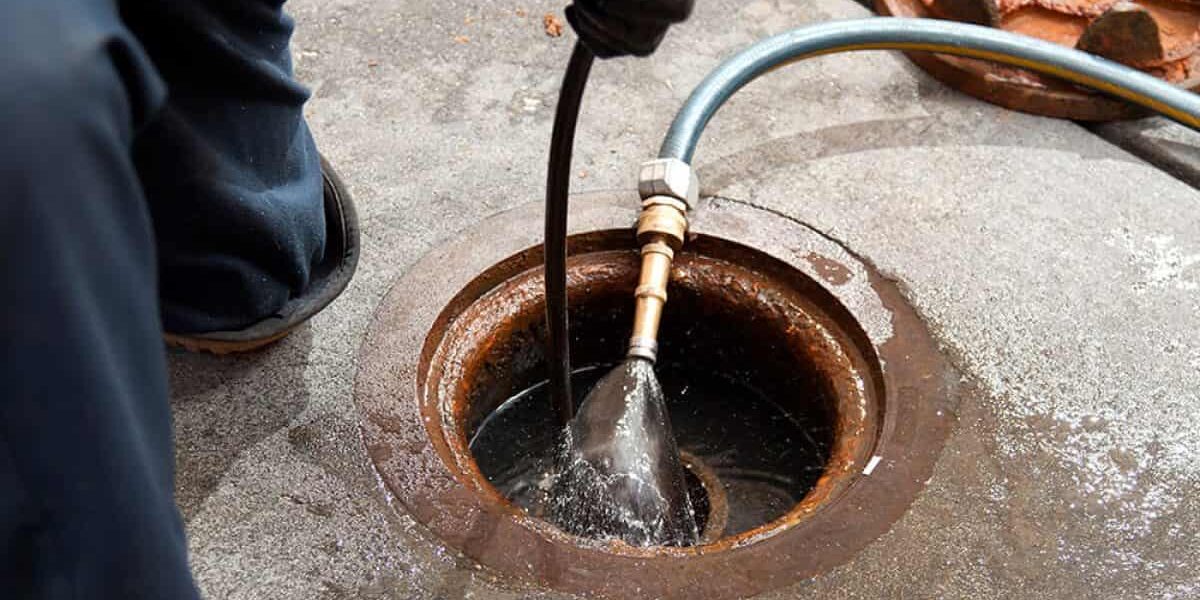Steps for Addressing a Blocked Drain Before Reaching out to Plumbing Experts
Steps for Addressing a Blocked Drain Before Reaching out to Plumbing Experts
Blog Article
We've uncovered the article about Some easy tips to fix blocked drains directly below on the internet and reckoned it made sense to write about it with you in this article.

Introduction
Taking care of an obstructed drain can be a discouraging experience, interrupting day-to-day activities and possibly creating damage to your residential or commercial property. However, prior to connecting to pipes experts, there are actions you can require to resolve the issue on your own. In this guide, we'll discover DIY remedies and preventive measures to tackle an obstructed drainpipe effectively.
Recognizing the Concern
The initial step in attending to a blocked drainpipe is recognizing the indicators. Sluggish water drainage, gurgling sounds, foul odors emanating from drains, or water support up are common signs of an obstructed drainpipe. Identifying these indications early can aid avoid better issues.
Picking the Right Pipes Solution
When picking a pipes solution, think about aspects such as experience, licensing, and client testimonials. Select a reliable plumbing technician with a record of top quality craftsmanship and clear pricing practices.
Cost Factors to consider
The price of expert drainpipe cleaning company can vary depending on the seriousness of the clog and the plumber's prices. Demand quotes from multiple companies and ask about any additional charges to make sure openness and stay clear of shocks.
Safety Precautions
When attempting DIY drain cleansing, prioritize safety. Put on protective gloves and eyeglasses to avoid contact with dangerous chemicals or microorganisms. Never ever blend different drainpipe cleaning items, as this can create harmful fumes.
Situation Researches
Real-life examples illustrate the performance of DIY services and the importance of prompt expert treatment in settling drain clogs.
Common Sources Of Blocked Drains
Understanding the aspects that contribute to drain obstructions is important for effective resolution. Typical culprits include hair, soap scum, oil, food particles, and foreign things like hygienic items or paper towels. Tree origins attacking underground pipes can also trigger significant obstructions.
DIY Solutions
For minor blockages, numerous DIY options can be efficient. Putting boiling water down the drain can aid liquify oil and particles. Sodium bicarbonate and vinegar or a mixture of salt and cooking soda can work as natural cleaners. Utilizing a plunger or pipes serpent to displace obstructions is an additional choice.
Tools and Devices
Having the right devices available can make do it yourself drainpipe cleaning extra efficient. A plunger is a flexible device for getting rid of blockages in sinks, toilets, and showers. A pipes serpent or auger can get to deeper clogs, while drainpipe cleansing chemicals can be utilized meticulously for persistent obstructions.
Preventive Measures
To prevent future blockages, taking on safety nets is vital. Install drainpipe guards or strainers to capture hair and particles before they enter the pipelines. On a regular basis flush drains with warm water to dissolve grease accumulation, and avoid taking care of grease or solid waste down the drain.
When to Call a Specialist
While DIY options can fix small clogs, specific indicators indicate the need for expert help. Consistent obstructions, foul odors in spite of cleaning initiatives, or several drains backing up all at once are warnings that warrant skilled treatment.
Conclusion
By adhering to the tips detailed in this overview, you can efficiently deal with obstructed drains pipes and avoid future pipes issues. Whether opting for do it yourself solutions or looking for professional help, prompt action is crucial to keeping a healthy and balanced pipes system and preserving the stability of your home.
How to Clear a Clogged Drain Yourself (And When to Call In the Professionals)
What Can Clog a Drain
Dirt Skin flakes Hair Grease Soap scum Food Offset pipes Tree roots Small objects Mineral buildup DIY Tricks to Unclog a Drain
You can fix this! Once you have identified the source of the clog (or have a vague idea), you can try one or a combination of these fixes in order to clear your plumbing.
Wire Hanger or Snake
Untangle and clear out hair from a drainpipe with a homemade snake. Use a straightened-out wire hanger with a 90-degree angle hook to locate the clog and drag out any unwanted material.
Remember not to push the clog further down to where the wire hanger cannot reach! If you need to follow up with a plunger, give it a try. Your efforts might be more successful after it’s been wire-snaked.
If you want to get fancy and don’t have a wire hanger to spare, head to the store and pick up a hand-operated drain snake. You can get one for $10-$30. It may save you the hassle, and provide additional length to reach deep into the clogged pipe.
Plunger
A cup plunger has a suction cup attached to a wooden handle. The rubber creates a seal around the drain, and increases the pressure force of the plunger.
Plunge for 30-second increments to loosen the clog. This may need to be repeated over the course of 15-20 minutes. Once plunged, run the water to flush the remaining material out of the drain.
Remember– never use a plunger if you have used a chemical drain cleaner. These chemicals can splash up from the force of the plunger and cause serious injury or burns.
Boiling Water
Hot water can sometimes break up materials into a flushable amount. Dirt, grease, and soap buildup requires heat in order to unstick from surfaces.
Take your kitchen kettle and heat your water to a boil. Once it reaches a rolling boil, pour it directly down the drain into the blockage. Carefully follow with plunging, if necessary.
Don’t worry if this takes more than one try! It can often take multiple kettles and repeated plunging in order to clear a particularly stubborn clog.
Chemical Drain Cleaner
As a last resort, pick up a bottle of chemical drain cleaner. Drain-cleaning chemicals are potent, and not very good for the environment.
You may need to wear protective eyewear in gloves before handling your bottle of chemical drain cleaner. Follow the instructions printed on the bottle, and flush with water as soon as the instructions allow. Do not follow with plunging.
Baking Soda and Vinegar
As a safer alternative to chemical drain cleaner, baking soda and vinegar can create a chemical reaction that clears tough clogs.
Combine one cup of cleaning vinegar with one cup of boiling water, and set aside. Once you have done this, pour half a cup of baking soda down the drain. Give the baking thirty seconds to settle and cover a large portion of the problem drain.
Following the baking soda, pour down your vinegar and hot water solution. Once the vinegar and baking soda combine, the mixture will bubble and fix. Let this reaction fizzle in the drain for about an hour.
After an hour, follow with a kettle’s worth of hot water. The heat and liquid should flush out any remaining material.
When to Call a Plumber
If your DIY attempts haven’t cleared your clog drain, it’s time to call in a professional. It’s not worth losing access to your kitchen sink or high-traffic bathroom. A clog in a vital area can keep you from the things you’d rather be doing, and derail your routine.
Anytime a clog is causing water to spread is a time to call in a plumbing service. What starts out as a little bit of water can quickly grow into serious, expensive water damage.
Additionally, a serious clog can result in burst pipes or serious leaks. Make sure you know when to take it seriously!
https://myguysnow.com/how-to-clear-a-clogged-drain-yourself-and-when-to-call-in-the-professionals/

As a fervent person who reads about , I figured sharing that piece of writing was important. Do you know about anybody else who is fascinated by the niche? Please feel free to promote it. I praise you for your time. Please come visit our website back soon.
Book An Appointment Report this page